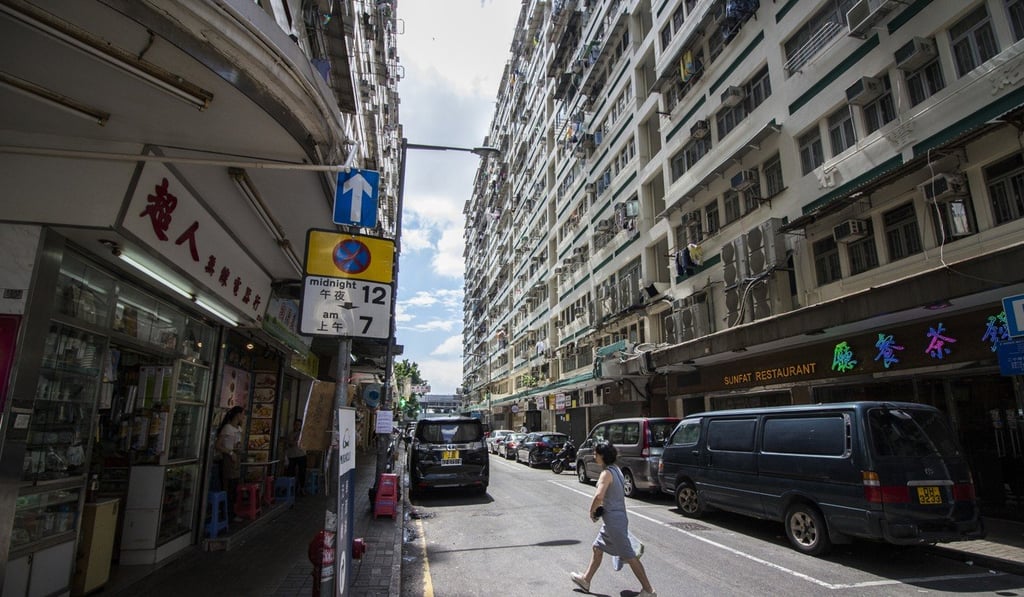How Hong Kong estate once home to Jackie Chan helped change the course of housing development in the city
Ferry Point was pioneering – a place for the emerging middle class, including actors Sammo Hung, Stephen Chow and Jackie Chan – but also the last of its kind, spurring building code changes that led to today’s skinny tower blocks

You can’t take anything for granted in Hong Kong. When Ferry Point was built in the 1960s, its eight large blocks projected out into Victoria Harbour like ocean liners. Today, they are landlocked, surrounded not by fishing boats and ferries but by cars, trucks and – when the new Express Rail terminus opens next year – high-speed trains.
Some might recognise the neighbourhood by its Chinese nickname, bat man lau: the Eight Man Buildings. That’s because the names of its buildings and streets all begin with the Cantonese “man”, which finds itself in a number of auspicious words such as culture, civilisation and language. When plans for the development were unveiled in 1961, it was initially called Man Wah Sun Chuen, and it was targeted at Hong Kong’s small but growing middle class.
“It was a very typical middle-class residential area like Mei Foo Sun Chuen, but not as high class, because of the location in Yau Ma Tei – it’s a grass-roots area,” recalls Christopher Leung, who was a teenager when his family bought a flat in the last of the neighbourhood’s buildings, which was completed in 1971.

On the surface, the development really did share a number of qualities with Mei Foo. Like that landmark project, Ferry Point’s initial wave of residents was upwardly mobile. Many owned cars, even though the buildings had no parking garages, so entrepreneurs operated valet parking services next to the Jordan Road Ferry Pier, which carried pedestrians and vehicles to Central. And like Mei Foo, Ferry Point was part of a new generation of housing estates built on former industrial sites; in this case, a cotton warehouse and gas depot.